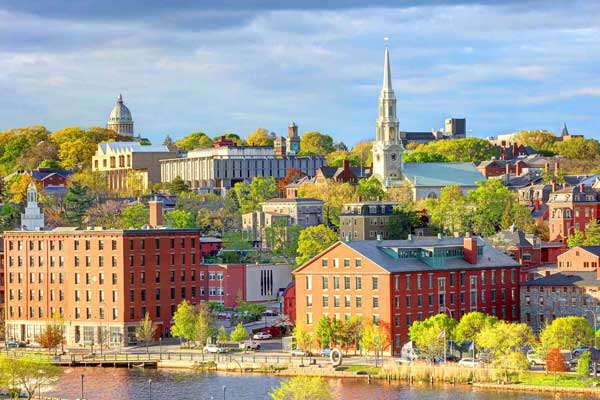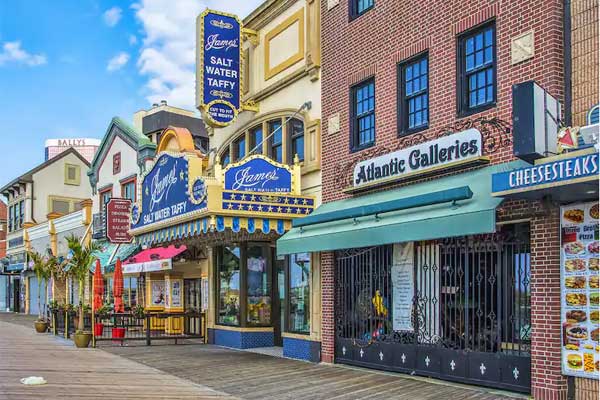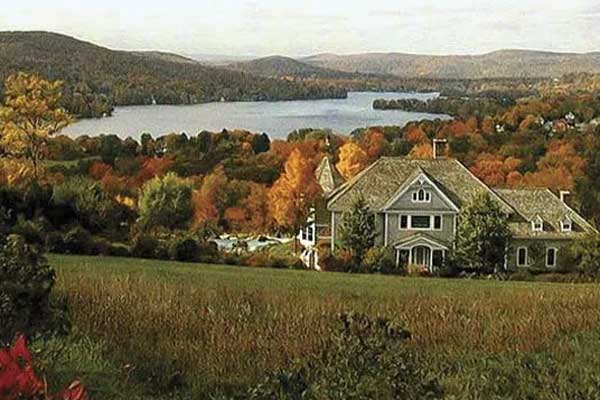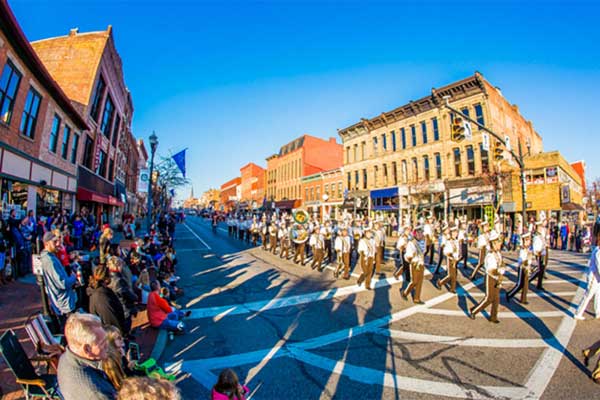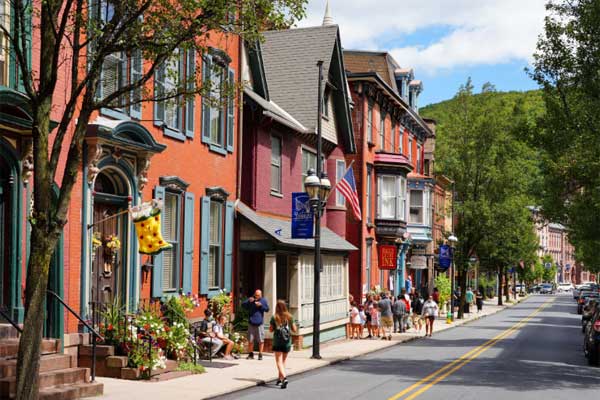Development of Political Scenario in Northeastern Region
Since the orientation of the democratic era in the Northeast Region of the United States of America, this region was the hub of Republicans. But the start of the late twentieth century saw new political developments resulting in a strong coalition of demographic forces in the North that are overwhelmingly Democratic.
The people of the seven states of the Northeast region are often known, not only in the United States but also around the globe, as inventive, imaginative, shrewd, and still hardworking. They have adopted these traits from the early Puritan settlers in the Americas. The Northeast has a multicultural orientation with comparatively large immigrant groups, such as Jewish, Irish, and many other European cultures.
Factors Affecting the Political Affiliations in the Northeastern Region
The change in the political environment occurred due to the increase in the following factions of society:
Catholic Population
The largest demographic change in the Catholic population occurred with the mass-level population migration of Catholics from Europe. The political and human rights awareness in the public of Europe pressed the common men to move to the Newly Discovered World of Americas for the religious and political independence. Being the gateway to the United States, the North Eastern states became the first destination of the Democratic legacy, changing the conservative Republican majority. This change was most prominent in the urban areas.
Jewish Part of Democratic Toast
Similar was the case with Jews who migrated from mainland Europe to the New World in search of religious freedom. Their prime destination was the urbanized Northeastern region and still, they are a major part of the population of this region. The Jewish population had a democratic temperament and richly added to the Democratic fervor of the region.
Intellectuals in the Northeastrn Region
As the artists, educators, and intellectuals are, by nature, used to be democrats and freedom-loving people, New Jersey, Connecticut, and New Hampshire became their prime hubs. As compared to the other parts of the United States, the Northeastern region of the United States is still the most popular and comparatively natural abode for artistic-minded people.
These intellectuals originated the American Enlightenment, the period of intellectual and philosophical fervor in the 13 American colonies in the 18th to 19th century. The output was the American Revolution and the independence of the United States of America. This American Enlightenment is still found in the intellectuals of Northeast America which has now become an inseparable part of the Democrats.
Liberal Blue Collar Population
Though the blue-collar workers are socially conservative, economically, they are liberals. This is why; they are in the majority in at least three aforementioned states of the region. As the industrialization of the United States initiated from the Northeast region, the blue-collar workers were frequently welcomed here. With the development of the West Coast and the South regions as the new industrial hubs, the blue-collar jobs market in the Northeast started to shrink but still, the remaining blue-collar workers in this area are primarily identified as the emblem of Democratic freedom.
This democratic thought and philosophy permeated into the services-based economy when the Northeast started to mingle with the change. Presently, the agriculture, commercial fishing, and forest-based products industries still contribute largely to the economy of the region with the generation of more than $103 billion for the National Ex-Checker. However, the services sector, also known as the tertiary sector, is at the third level in the three-sector services economy.
In place of industrial production, the services sector is now comprised mainly of services maintenance & repairs, training, education, or consulting. The majority of the jobs are found in housekeeping, tourism, nursing & hospitalization, and education/teaching. By nature, a major part of the services economy supports democratic norms and culture.
Role of Business and Economic Policies in Political Scenario
In 1992, the National Democratic Party advocated and backed the pro-business policies that attracted and drew upper-class white professionals to the Democratic sphere. These professionals were previously Republicans from the era of late 1980s. Particularly, the tax reforms caused the Democrats to have a positive change in the 1992 national elections. This was verified from the victory of Democrat Bill Clinton as national President. He was previously Arkansas Governor who won the national contest for Presidency with the 43 percent of the popular and 370 Electoral College votes.
Change in Ideological Differences in Urban and Suburban Areas
A major role has been played in the political overhaul by the softening of differences between the population living in the urban and suburban areas in North East Region. This softening of the ideologies between city and suburban populations worked positively for the Democrats.
As per new definitions, the Northeast is the most urbanized region with 84.0% urban population though this region comprised only 17.38% population of the United States.
Patterns of postwar migration softened, rather weakened the economic power and strength of the Northeast Region. Postwar migration resulted in the relocation of industry from the Northeast to the West Coast and to the Southern regions. This relocation was due to the less expensive labor, less crowded regions, and less unionized labor in those regions.
New Industrial Clusters
Before the 1970s, California State began to outshine New York State with industrial relocation to the West Coast and Southern regions. The simple reasons for such shifting were; less expensive labor, available there, with vast land resources, cheaper fuel, and many other elements necessary for production. Above all, less crowded availability of land resources and less unionized labor were two of the major reasons. All the available factors make the West Coast and South the lucrative options for industrial concentration for entrepreneurs. Despite the industrial relocation to the new areas, New York still occupies the place of the largest city in the nation with a per capita personal income of U.S. $78,089 in Year 2022.
However, the California State appeared as the most populous State by 1994 when Texas State pushed the New York State to the third place by population in the Nation. It happened due to the arrival of new cheap, less expensive, and less unionized Latin American immigrants from the border crossings of Arizona, Texas, California, and New Mexico, who converted these states into the major manufacturing areas of the United States.
When New York lost the center of gravity for the industrial production hub, it emerged as a sophisticated service-oriented economy. Now, the large cities of New York, Boston, and Philadelphia led the nation as the center of service economies.

